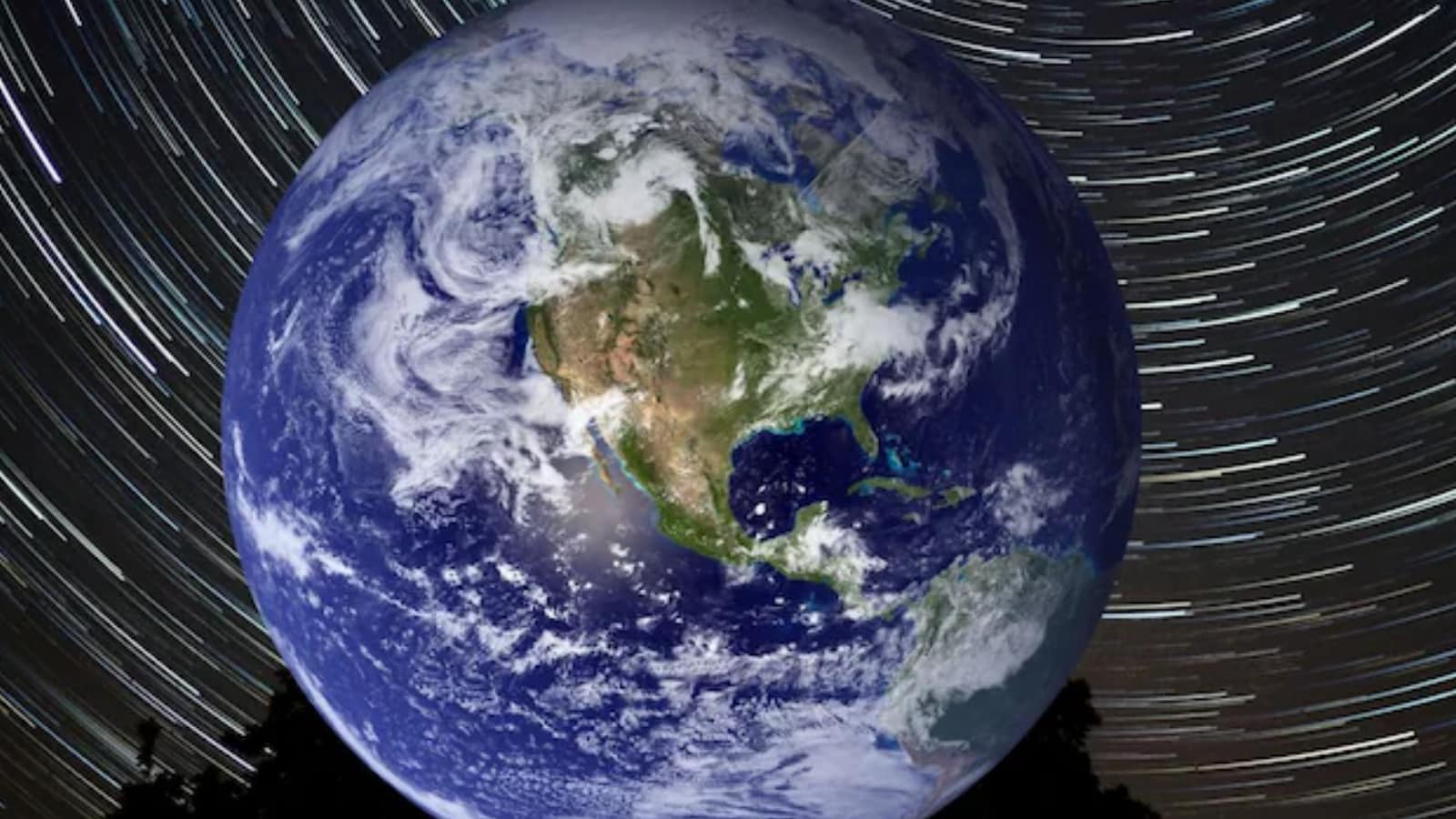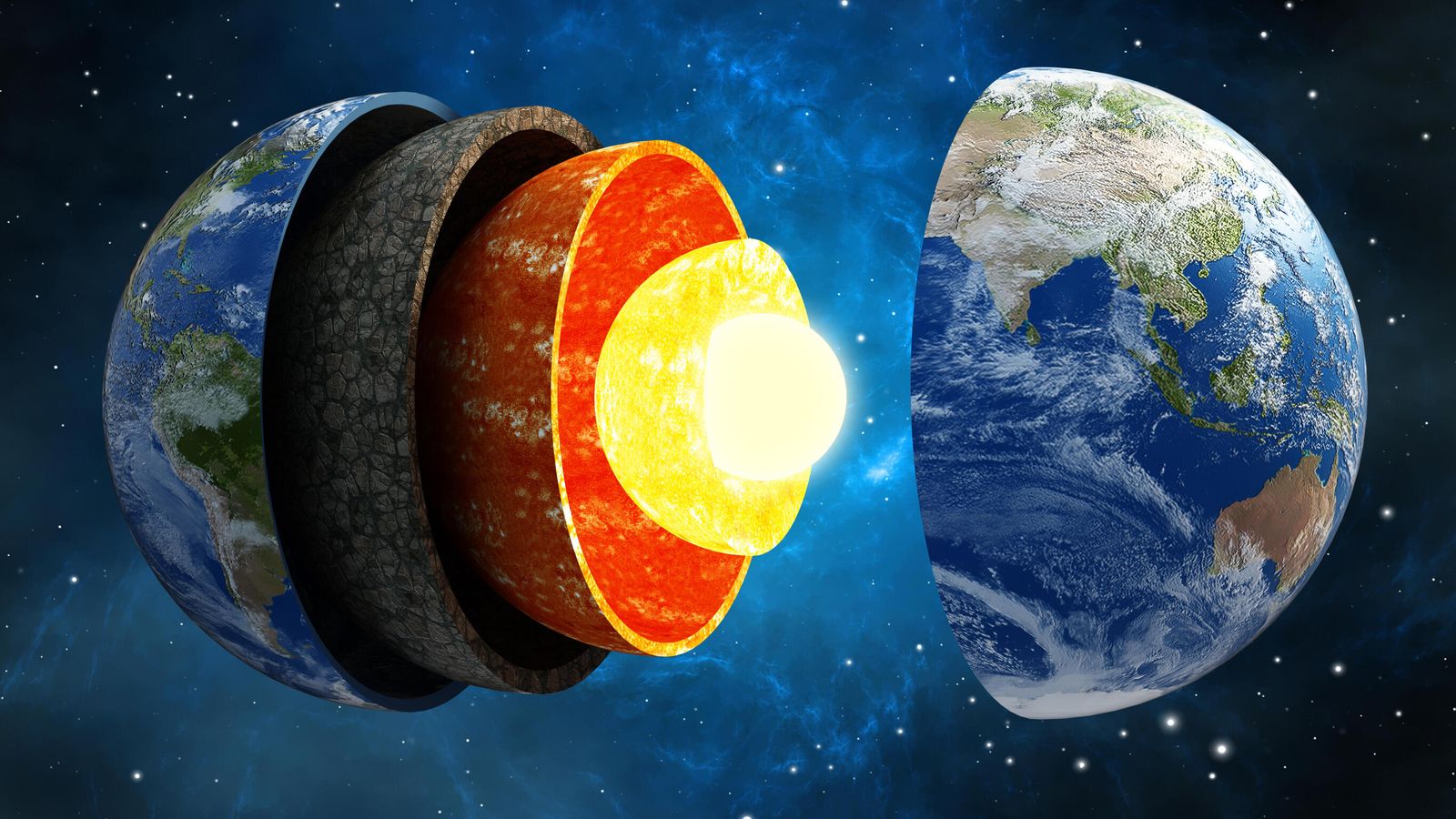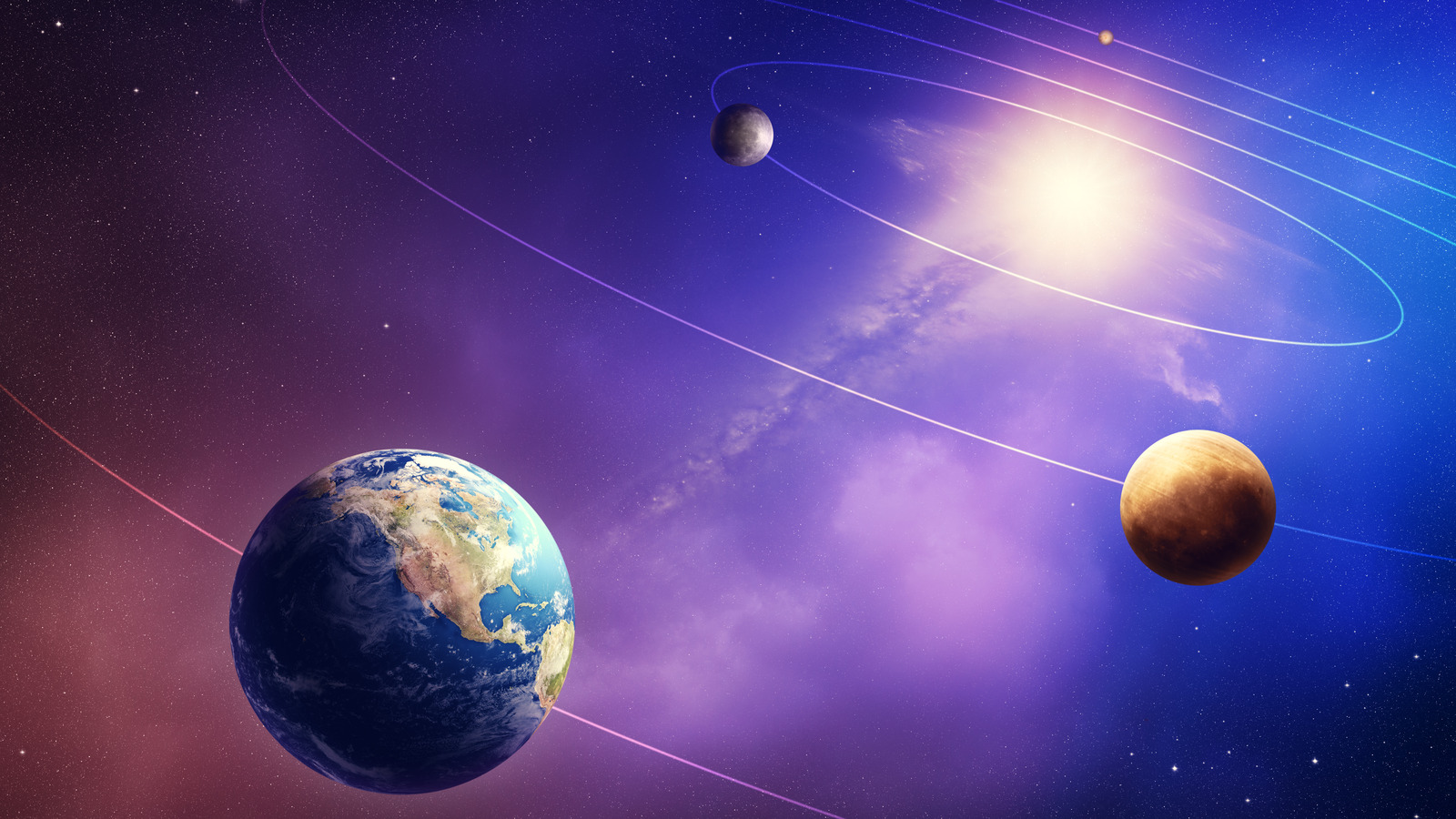Could Earth’s Rotation Become a Power Source? Scientists Weigh the Possibilities
The search for sustainable energy sources has led scientists to consider an unconventional idea—harnessing Earth’s rotation to generate power. While this concept remains theoretical, researchers are actively debating its feasibility and implications for the future of renewable energy.

Understanding Earth’s Rotational Energy
Earth spins at an astonishing speed, completing one full rotation every 24 hours. This motion generates massive kinetic energy, some of which interacts with the Moon’s gravitational pull to create ocean tides. Some physicists now propose that this untapped energy could be a novel source of power.
Theoretically, extracting even a small fraction of Earth’s rotational energy could provide significant electricity. However, the challenge lies in converting this vast, diffuse energy into a usable form without disrupting natural processes.

The Scientific Debate
Physicists are divided on whether Earth’s rotational energy can be effectively harnessed. Supporters argue that tidal forces already cause energy dissipation, suggesting a mechanism might be developed to capture this process more efficiently.
Critics, however, highlight major obstacles. Unlike solar or wind energy, rotational energy is not easily accessible with current technology. Additionally, extracting too much energy could subtly alter Earth’s rotation over long periods, raising concerns about environmental consequences.

Potential Methods for Energy Extraction
Researchers exploring this idea have proposed a few possible methods:
- Tidal Energy Enhancement: Existing tidal power plants already convert the gravitational interaction between Earth and the Moon into electricity. Some suggest optimizing these systems to capture more rotational energy.
- Electromagnetic Induction: Since Earth’s rotation generates a magnetic field, some theories explore using electromagnetic forces to extract power.
- Atmospheric and Geophysical Applications: Some scientists speculate that wind patterns or deep-Earth mechanics could provide indirect ways to tap into rotational energy.

Challenges and Ethical Considerations
While the potential for an abundant energy source is exciting, the risks and ethical considerations are significant. Changing Earth’s rotation, even slightly, could impact climate patterns, ocean currents, and even timekeeping systems. Researchers must weigh the benefits of such energy against the possible long-term consequences.

A Vision for the Future
Although Earth’s rotation as an energy source remains a speculative concept, its exploration reflects the growing need for sustainable alternatives to fossil fuels. If scientists can develop a method that is both efficient and environmentally responsible, this bold idea could revolutionize the way we generate power.
For now, the debate continues. While solar, wind, and nuclear power dominate renewable energy discussions, the prospect of harvesting energy from Earth’s motion remains an intriguing possibility—one that could shape future innovations.